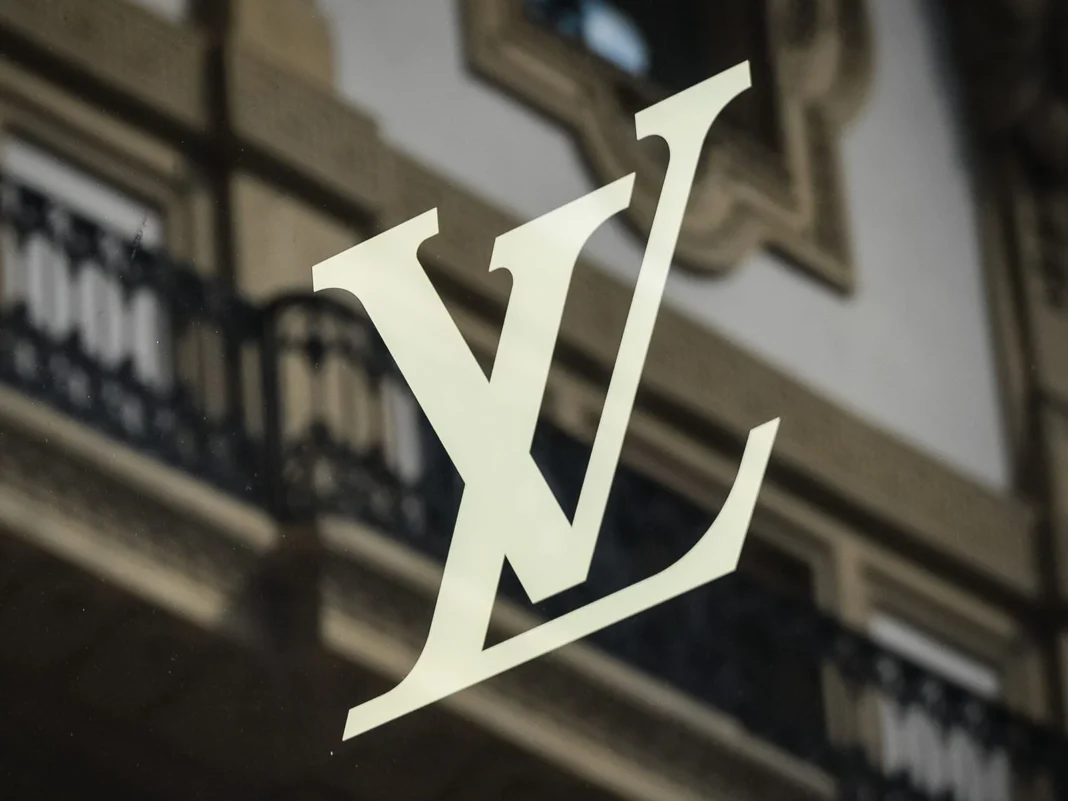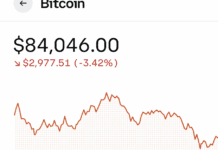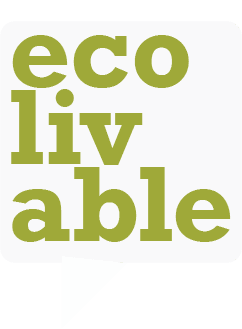Luxury Isn’t Always Sustainable: At Ecolivable.com, I’m all about finding ways to live sustainably—cutting down on waste, using eco-friendly products, and keeping our planet healthy for future generations. That mindset spills over to Middleforkfly.com too, where I help fly fishers gear up while pushing for clean rivers and responsible practices. But I’ve been digging into this wild situation with luxury clothing brands, and it’s got me fired up. Chinese factories are calling out brands like Birkin, Chanel, and Louis Vuitton on social media, showing how a $34,000 Birkin bag only costs $1,400 to make, and offering to sell the same stuff for way less. It’s part of a bigger mess with the U.S.-China trade war, but it’s also shining a light on something I care about: luxury isn’t always sustainable. Let’s break down why that’s the case and what we can do about it, whether you’re shopping for a new jacket or heading out to fish.
The Luxury Trap: High Prices, High Impact
Luxury brands make you feel like you’re buying something special—top-notch quality, exclusive designs, and a status symbol to boot. But here’s the thing: that $34,000 Birkin bag isn’t 24 times better than a $1,400 version made in the same factory. The Chinese suppliers posting on X are showing how they use the same materials and skills, but the price gets jacked up just for the brand name [Web ID: 0]. That’s not just a rip-off—it’s a problem for the planet. Here’s why luxury can be so unsustainable:

- Overproduction and Waste: Luxury brands make a ton of stuff to keep up with demand, but a lot of it goes to waste. The Guardian says the fashion industry—including luxury—creates about 10% of global carbon emissions, more than international flights and shipping combined [Web ID: 15]. Some luxury brands even burn unsold inventory to keep their “exclusivity,” which is just nuts. Imagine how many rivers we could clean up with the resources they’re wasting!
- Crazy Long Supply Chains: Most luxury goods are made in places like China, Vietnam, or Cambodia, then shipped all over the world. The New York Times mentioned that tariffs are hitting hard—54% on Chinese goods, 46% on Vietnam, and 49% on Cambodia as of early April 2025 [Web ID: 18]. All that shipping burns fuel, pumps out carbon, and adds to pollution. For fly fishers like me, that pollution ends up in our rivers, messing with fish habitats.
- Not Always Ethical: Luxury brands talk a big game about quality, but they’re not always great to the people making their stuff. Patagonia, one of the activist brands I’ve been studying, got called out in 2022 for labor issues in their supply chain, even though they’re all about the environment [Web ID: 16]. If a brand like that struggles, imagine what’s going on with brands that care more about profits than people or the planet.
The Trade War Connection: Making Things Worse
This whole luxury exposé is tied to the U.S.-China trade war, which is heating up big time. Trump’s slapped tariffs as high as 125% on Chinese imports as of April 11, 2025, and China’s hitting back with 84% tariffs on U.S. goods [Web ID: 4, 5]. It’s making it tougher for luxury brands to keep their costs down, and some folks on X think China’s using this to take a swing at the luxury industry—like

@politickingjay said, it’s a “heavy blow” to brands that rely on Chinese factories [Post ID: 7]. But here’s the environmental kicker: these tariffs are pushing brands to move production to other countries like Vietnam, which means even more shipping and carbon emissions as they shuffle their supply chains around. It’s a mess, and the planet’s paying the price.
What Luxury Gets Wrong About Sustainability
Luxury brands often try to look sustainable, but a lot of it feels like a show. They might use buzzwords like “eco-conscious” or “ethical sourcing,” but the reality doesn’t always match up. Here’s what I’ve noticed:
- Greenwashing Vibes: Some brands make a big deal about using a little bit of recycled material, but they’re still overproducing and shipping stuff halfway around the world. It’s like me saying I’m sustainable because I recycle my fishing line, but then I’m tossing plastic bait packages into the river—it doesn’t add up.
- Focusing on Hype, Not Impact: That $34,000 Birkin bag isn’t sustainable just because it’s “high quality.” If the markup’s mostly for the logo, as those Chinese factories are showing, then you’re not paying for better environmental practices—you’re paying for hype. A user on X, @tmendis, said this could change how people see luxury, and I think they’re right—why not spend on something that’s actually good for the planet [Post ID: 5]?
- Missing the Big Picture: Luxury brands could be leaders in sustainability, but most aren’t. Compare that to Patagonia, who I’ve been studying for my marketing class—they’ve donated over $140 million to environmental causes through their 1% for the Planet program [Web ID: 16]. That’s the kind of real action I’d love to see more of.
How This Ties to Fly Fishing and Eco-Friendly Living
This luxury drama hits close to home for me, both as a fly fisher and someone trying to live sustainably:
- For Middleforkfly.com: Fly fishing is all about connecting with nature, but that’s tough when rivers are polluted from stuff like fashion industry runoff. I want my gear to be part of the solution, not the problem. On Instagram, where I’m focusing my marketing, I can share posts about how my rods and flies are made with sustainability in mind—using materials that don’t harm the environment, and keeping my supply chain as local as possible. For “Fly Fishing Fridays,” I could do a post about fishing with gear that’s kind to the planet, encouraging my followers to make eco-friendly choices too.
- For Ecolivable.com: This is exactly why I started this site—to help people live better without all the waste. Luxury brands’ overproduction and long supply chains are the opposite of what I’m about. I can use this in a blog post to talk about sustainable alternatives, like the biodegradable gear bags and soaps I sell. Why spend $34,000 on a bag when you can get something just as good for less, and it’s better for the earth? I’d rather see that money go toward a killer fly fishing trip—or a river clean-up!
What We Can Do Instead
Here’s how we can shop and live smarter, without falling for the luxury trap:
- Buy What’s Real: Look for brands that are upfront about how they make their stuff and what it costs. At Middleforkfly.com, I’m all about showing the value of my gear—I’m not just slapping a fancy logo on it and charging a fortune. Same goes for Ecolivable.com, where I focus on products that actually help the planet, like reusable stuff that cuts down on waste.
- Support Brands That Care: Companies like Patagonia are doing it right—they’re not perfect, but they’re putting their money where their mouth is with real environmental action. Find brands that match your values, whether it’s sustainability, fair trade, or community support.
- Keep It Local When You Can: The less stuff has to travel, the better it is for the planet. I try to source my fly fishing gear as locally as possible, and on Ecolivable.com, I push products that don’t have to cross oceans to get to you. It’s not always perfect, but every little bit helps.
- Think About What You Really Need: Do you need a $34,000 bag, or would a $1,400 one do the trick? Better yet, could you get something secondhand or upcycled? I’m a big fan of fixing up old gear—like the Bing carburetors on my 1972 BMW R75/5 I just worked on—instead of buying new stuff all the time.
Wrapping It Up
Luxury isn’t always sustainable, and this drama with Chinese factories and luxury brands shows why. Those huge markups, wasteful production, and globe-trotting supply chains are tough on the planet—bad news for the rivers I fish in and the future I want for my kids. At Ecolivable.com, I’m here to help you find better ways to live, with stuff like biodegradable gear bags that don’t break the bank or the earth. And at Middleforkfly.com, I’m all about getting you out on the water with gear that’s good for you and the environment. Let’s skip the overpriced hype and focus on what really matters—living well, fishing hard, and keeping our planet in good shape. Check out my sites for some sustainable goodies, and let’s make smarter choices together. Tight lines, and here’s to a greener life!









